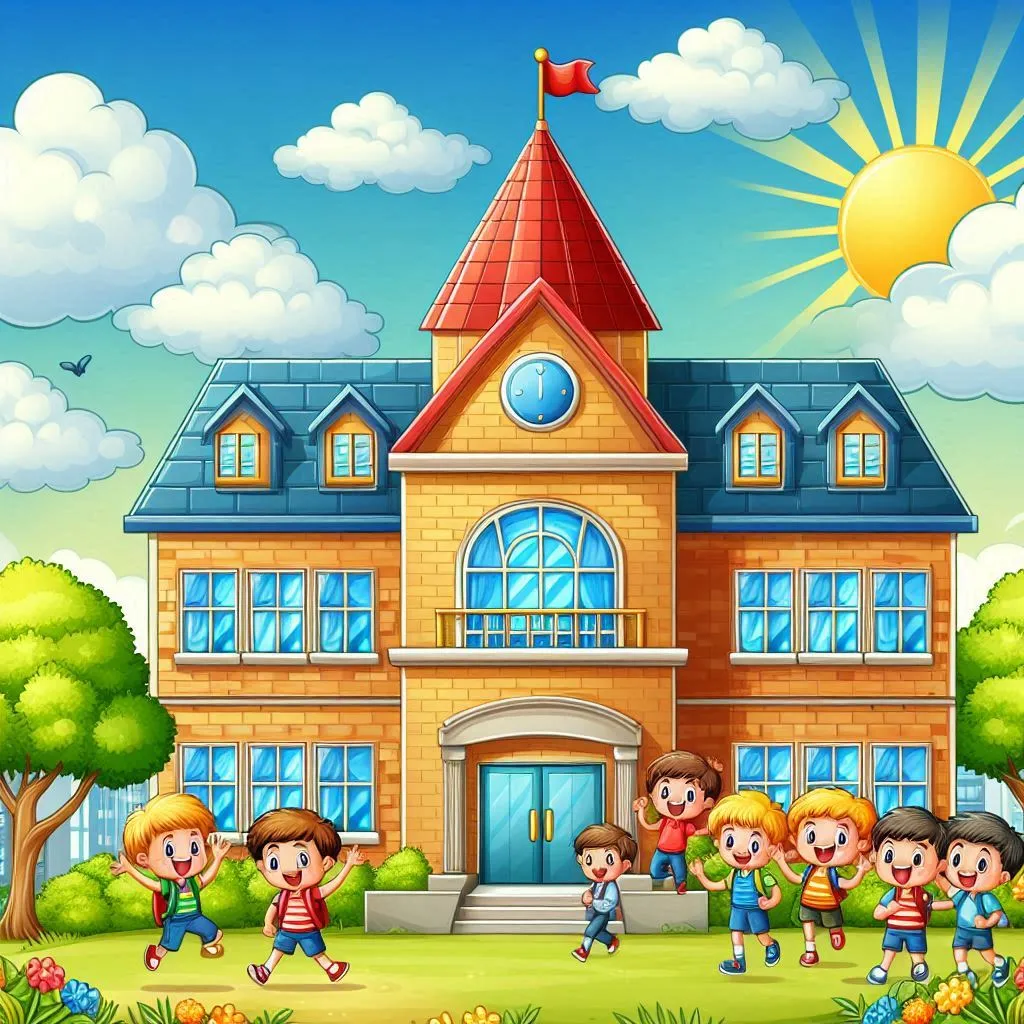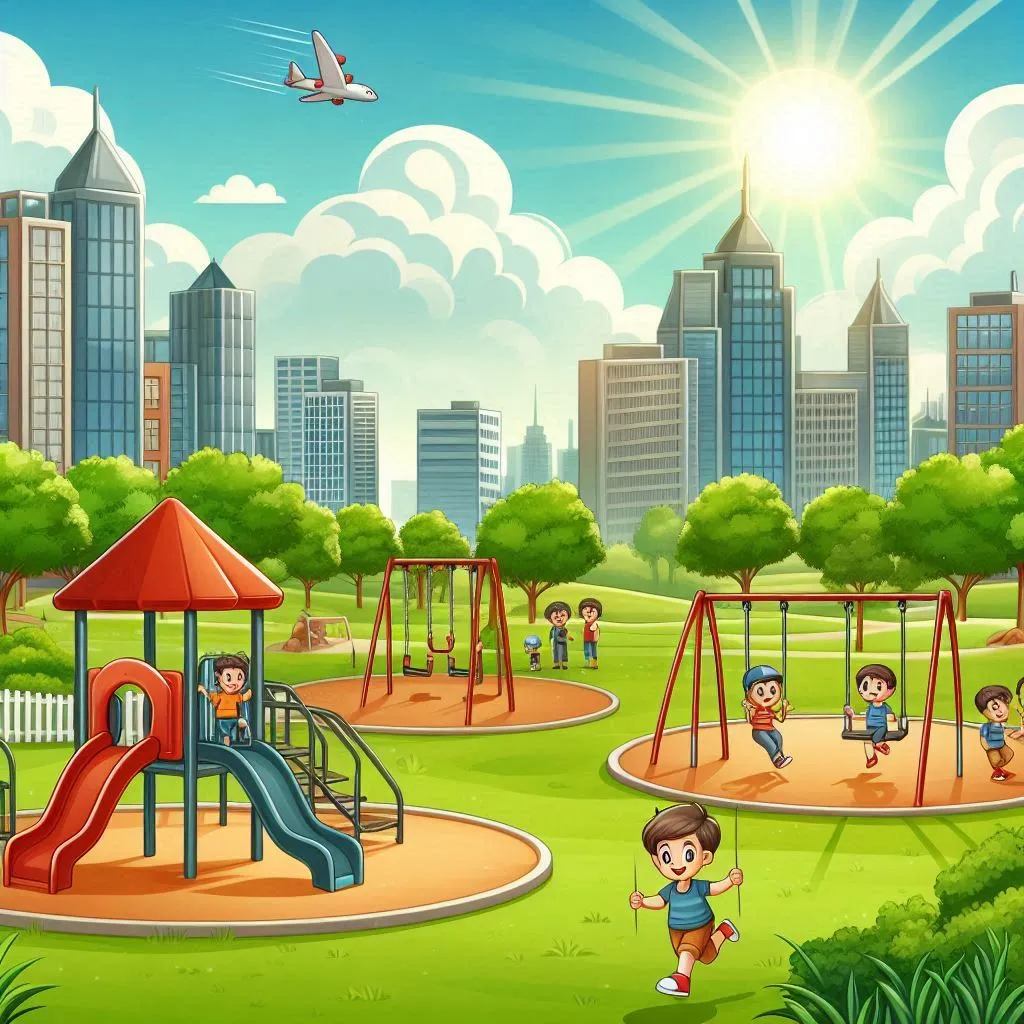Places flashcards are an essential educational tool designed to help children and learners of all ages understand and identify various locations and establishments in their community and beyond. These interactive cards make learning about different places engaging, systematic, and effective. Whether you're a young child learning about your neighborhood or an adult exploring new vocabulary, these flashcards provide a structured way to learn about places, their functions, and their importance in daily life.
Understanding different places is fundamental to navigating the world around us. From the school where we learn to the hospital where we receive care, from the park where we play to the bank where we manage money, each place serves a specific purpose in our community. Learning about these places helps develop spatial awareness, community understanding, and practical life skills. It also enhances vocabulary, improves communication, and builds confidence in navigating new environments.

Places flashcards are visual learning aids featuring high-quality images and detailed information about various locations and establishments. Each card typically includes the place's name, its primary function, common activities that happen there, and key vocabulary associated with that location. These cards can be physical (printed) or digital, making them accessible for different learning environments and age groups.

Places flashcards offer comprehensive educational benefits that extend beyond simple memorization. They help develop critical thinking skills by encouraging learners to understand the relationships between different places and their functions. These cards also promote social awareness by teaching about community services and how different establishments work together to serve society. Additionally, they enhance language development through context-specific vocabulary and improve spatial reasoning by helping learners understand location and direction concepts.
Places flashcards can be adapted for various age groups and learning levels. For young children (ages 2-5), cards focus on basic place names and simple functions. Elementary school children (ages 6-10) learn about detailed functions, safety rules, and community roles. Older students and adults can explore complex topics like urban planning, economic functions, and cultural significance of different places.
Places flashcards are more than just learning tools—they are essential resources for anyone interested in understanding their community and the world around them. They help develop a systematic understanding of different establishments, improve practical knowledge, and build confidence in navigating various environments. By making learning about places structured and engaging, these flashcards provide a solid foundation for community awareness and life skills development.
Whether you're a young child learning about your neighborhood, a student studying community services, or an adult exploring new vocabulary, places flashcards offer an effective way to learn about the world around you. Start your journey today and discover the fascinating places that make up our communities—one location at a time!